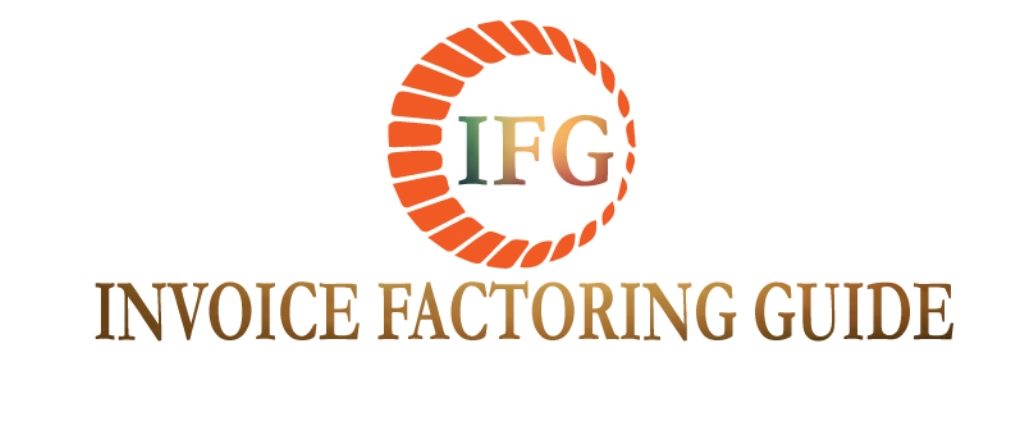Invoice Factoring: How it Works
 Most companies face a short-term cash crunch at some point in their business. While there are a number of small business funding options available, an increasingly popular choice is factoring. But what is factoring?
Most companies face a short-term cash crunch at some point in their business. While there are a number of small business funding options available, an increasingly popular choice is factoring. But what is factoring?
Invoice factoring is the sale of business invoices to a third-party. These ‘factors’ advance cash up front to businesses and typically assume the risk of collecting on the invoices. Many businesses choose invoice factoring so they can focus on their core business and leave the debt collecting to someone else! Don’t wait 30, 90 or 150 days for payment. Manage your business more effectively with the improved cash flow. Factors will charge for a fee for the service-anywhere between 1%-5%.
There are four basic steps when factoring invoices:
- Choose a factoring company
- Complete the application process
- Submit invoices
- Receive funding
Step 1: Choose an Invoice Factoring Company
This is by far the most important step in the process. You’ll probably be working with this invoice factoring company for at least a year, so trust makes all the difference.
A good invoice factoring company provides fast funding to your business to sustain growth or get through a rough patch. Conversely, factoring accounts receivable with a bad apple will be incredibly frustrating.
Read our section devoted to invoice factoring companies. The section includes unbiased factoring company reviews. Our reviews do not simply reprint marketing material provided from the factoring company itself. Browse our reviews to become familiar with the companies and their policies and here what people are saying about them. You can also search companies by state and industry.
Step 2: Complete the Application Process
Next, complete an application after you’ve selected a factoring company. The factor will perform due diligence on your customers, including credit checks and lien searches. The application process with invoice financing is much quicker and simpler than with a traditional business line of credit.
The factoring agreement will determine the course of your business relationship. With this form, the invoice factoring company ‘shows its hand’ and discloses all of its fees and associated costs. It is a legal document so it should be read and reviewed carefully.
It tells you under what type assumptions the invoice factoring will be conducted recourse or non recourse factoring, the contract length and of course, the rates and fees. There will be plenty of information in the agreement so its never a bad idea to have it reviewed by an attorney.
Step 3: Submit Your Invoices
Start submitting invoices once the documents are signed. Remember, you don’t have to factor all of your accounts receivable. Most invoice factoring companies allow you to submit just a portion of your invoices.
The business owner decides which invoices to factor based on a variety of factors. Once decided, submit the invoices to the factoring company along with a Schedule of Accounts. A schedule of accounts lists the specific invoices you choose to factor.
Next, a Notice of Assignment is sent to the debtors. The notice instructs debtors to remit payments to the factor, not the business. Don’t be apprehensive about this step.
A notice of assignment doesn’t look bad in the eyes of customers. Rather, it demonstrates the business is committed to funding its growth debt-free. Also, it also shows the business is focused on growing it’s core business and doesn’t want to be a collection agency.
Step 4: Receive Invoice Factoring Company Funds
Payment is made in two parts. Part One is known as the advance (or reserve), the amount immediately funded to the business. The advance is quoted as a percentage of the submitted invoices.
An 85% advance rate provides 85% of the face value of the submitted documents. So, the factor advances $8500 if a business submits $10,000 worth of invoices. Advance rates are often between 75%-85%.* Typically, this type of small business financing is completed within a couple days (possibly within 24 hours if done with an ACH).
The account debtor’s credit is the main factor. An invoice factoring company might advance 95% if they are comfortable with the debtor’s credit risk, while advancing 75% if they are worried about the customer. A credit worthy customer would be the government.
Part Two is known as the rebate. Recall, that 85% of the invoice’s value was advanced. What about the other 15% or $1500?! The remainder, or rebate, is paid to the business once the invoices are paid to the factor. Since the accounts receivable factoring fees are part of the rebate, just 12% might being returned, instead of the full 15%. Factoring receivables can be a smart choice for fast-growing businesses that may be turned down by traditional banks.
